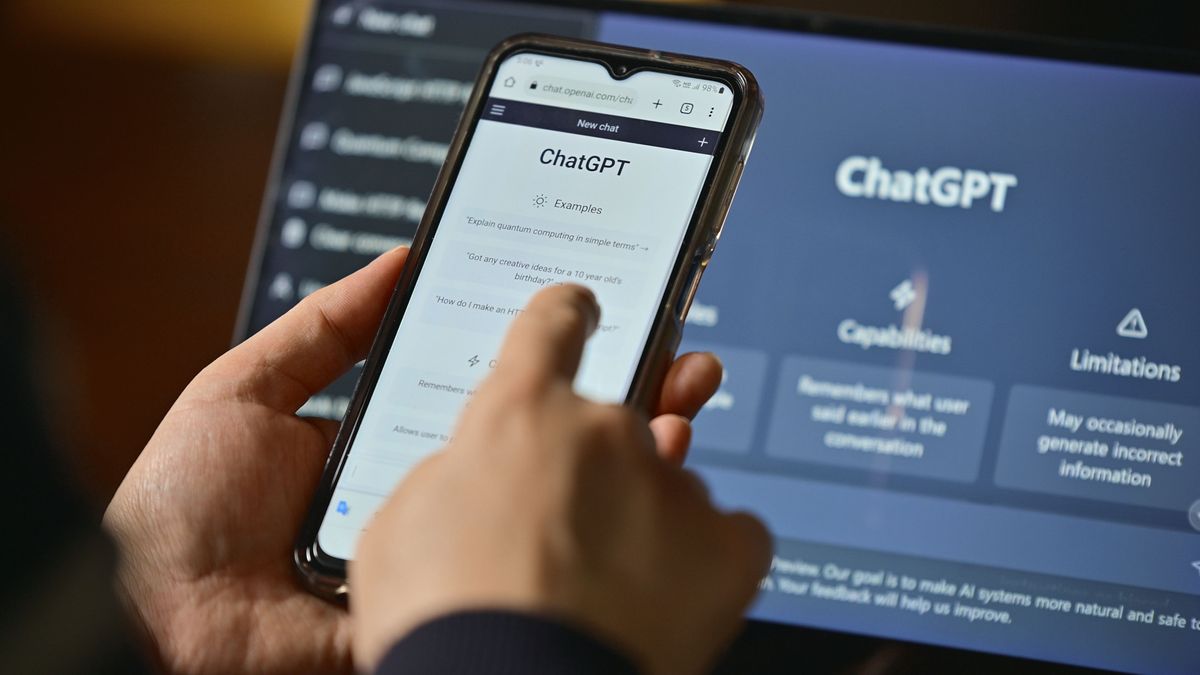Even though tax day isn't until April, the IRS usually starts accepting tax returns at the end of January, and if you're expecting to receive a tax refund this year, it's best to get started as early as possible. In fact, the IRS Free File program opens tomorrow, Jan. 10.
In order to get ready to complete your tax return, you'll need to get all of your documents together first, which can sometimes be the hardest part. You don't want to get halfway through your taxes only to find you're missing critical info
There are hundreds of IRS forms you might need, and it's easy for tax filers to get confused by the endless combination of numbers, letters and technical descriptions. Most of us only need to worry about a few tax documents for our income, taxes withheld and popular tax credits and deductions.
Learn which tax forms you need to file your taxes in 2025 and what to do if you're missing any. For more tax tips, find out if you're in a state that offers additional child tax credits, or get the inside scoop on tax refund advances.
Income forms at the first tax documents you need
Whether or not you're among the majority of Americans who file taxes using the standard deduction instead of itemizing deductions, you'll need to account for your income with critical tax documents -- primarily your W-2 form and additional income from 1099 forms.
For employees of companies, your Form W-2 includes your essential info about wages and salary you earned and the total amount of taxes that were withheld from your paycheck last year.
Additional 1099 forms you receive will document other income that you earned in 2022. These forms could include interest from savings (1099-INT), money from freelance work (1099-NEC), unemployment benefits (1099-G) or retirement distributions (1099-R). If you were paid via online payment services like Venmo and Cash App, you might get a 1099-K form, but it's still not mandatory for those companies to send one unless you earned more than $20,000. (You need to report earnings over $600 from those services anyway.)
If you're a full-time freelancer or work for yourself, your income may show up in various 1099 forms. Starting in 2020, 1099-NEC is now the standard form for "non-employee compensation," while 1099-MISC is reserved for miscellaneous income like awards, prizes and rent.
If you received Social Security benefits, you should receive a SSA-1099 in January, though the taxability of that money is complicated.
Tax documents for income
Documents for tax credits and tax deductions come next
Tax deductions decrease your taxable income, while tax credits take money directly off your tax bill. Getting the biggest possible tax refund requires making sure you've got all the necessary documentation to claim credits and deductions that reduce your tax liability.
Much of the info you'll need for tax credits and deductions will come on 1098 forms -- and there are seven of those.
The most important tax form for many homeowners is the standard Form 1098, which shows how much mortgage interest you paid last year. It also includes any mortgage points paid for a home purchase in 2023. Both amounts are tax deductible if you itemize.
Depending on your adjusted gross income, or AGI, you may be able to deduct up to $2,500 of student loan interest "above the line," meaning you don't need to itemize.
Student loan interest will show up on Line 1 of Form 1098-E.
Tuition costs for higher education are no longer tax deductible, but you might be able to get some of that money back with the American Opportunity Tax Credit or the Lifetime Learning Credit. The tuition you paid in 2023 will be included in Form 1098-T.
If you donated a car, boat or plane to a qualified charity in 2023 and it was worth more than $500, you'll need a Form 1098-C from the organization that received it to claim it as an itemized tax deduction.
The other three 1098 forms likely won't affect your taxes much. Form 1098-MA shows any mortgage assistance you received in 2023 and usually doesn't need to be reported. Form 1098-F shows court-ordered fines and penalties, which are not tax deductible. Form 1098-Q shows distributions from college savings programs like 529 plans, which aren't taxable unless they're greater than your total educational expenses.
One other non-1098 IRS form could give you a big tax credit. Form 1095-A can be used to claim the premium tax credit, which represents assistance for purchasing health insurance through the public marketplace as created by Obamacare (the Affordable Care Act).
If you bought health insurance through the public marketplace and didn't receive advance assistance to lower your monthly premiums, you can get all that money back at tax time.
On the flip side, if you did receive the premium tax credit in advance to lower your monthly healthcare costs, you'll need to use Form 1095-A to reconcile your premium tax credit.
Another health-related tax deduction comes for people with health savings accounts. If you made contributions to an HSA in 2022, you should receive Form 5498-SA from your plan provider. You can deduct HSA contributions from your taxable income, regardless of whether you itemize.
Tax documents for credits and deductions
Other tax forms and info you might need to file taxes
The essential info for your return will come directly from tax forms, but you'll also need to check your own personal records for additional information you need to file your taxes
First, you'll need the full names, dates of birth and Social Security numbers (or Taxpayer Identification Numbers) for yourself, your spouse and all of your children and other dependents.
Next, if you're filing taxes electronically, you'll need your adjusted gross income from last year to verify your identity. If you don't have a copy of your tax return from last year, you can look up your AGI with your online IRS account.
If you've enrolled in the program to prevent tax-based identity theft or have been issued an Identity Protection PIN by the IRS in a CPA01 Notice, you'll need that six-digit number to file your taxes. If you've forgotten your PIN, lost your CPA01 Notice or both, you can use your online IRS account to find that information too.
If you're a freelancer paying estimated taxes quarterly, you'll need the 1040-ES forms you filed in 2023 to see how much you've already paid. (These forms aren't sent to you.) Once again, you can also find that information in your online IRS account.
And if you're itemizing deductions, you'll need information such as receipts, paid bills and invoices to claim some deductions, including:
- Charitable donations
- Child care costs
- Expenses for educators
- Medical and dental expenses
- Retirement contributions
- Work expenses if you are self-employed
Lastly, you'll need your banking account and routing numbers to set up direct deposit with the IRS. It's the quickest way to get your tax refund -- direct deposits come in three weeks or less, while paper checks in the mail take four to six weeks.
What do I do if I am missing tax documents like my W-2?
Important tax documents like your W-2 form and 1099 forms for income should be mailed to you by the end of January. Companies are required by law to send W-2 forms to employees by Jan. 31 each year, and freelancers should also get their 1099-NEC and 1099-MISC forms by then, as well. Brokerages must send 1099-B forms by Feb. 15.
If you're missing a W-2 or 1099 form, you should contact your employer, the company you freelanced for or their payment service immediately. If that doesn't work, you can also call the IRS at 800-829-1040 to have them contact your employer or payer for you.
Even if you don't receive your tax documents from the responsible parties, you're still required to file your taxes by April 15. To do so without a W-2 form, you can file Form 4852 to estimate your income and taxes withheld for 2024 -- your paychecks or electronic receipts can help figure those numbers out. If you find out later that your W-2 or 1099 forms provide different information, you'll need to file an amended return using Form 1040-X.
Filing your taxes is no easy feat -- so congratulations if you've finished, and strong encouragement if you haven't. After you've filed your official tax return for 2024, you can easily track the progress of your tax refund from the IRS to your bank account (or mailbox).









 English (US) ·
English (US) ·